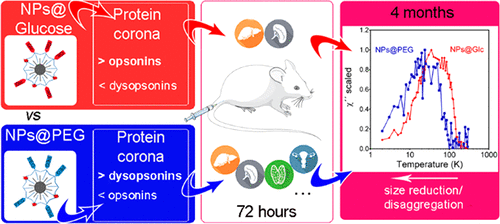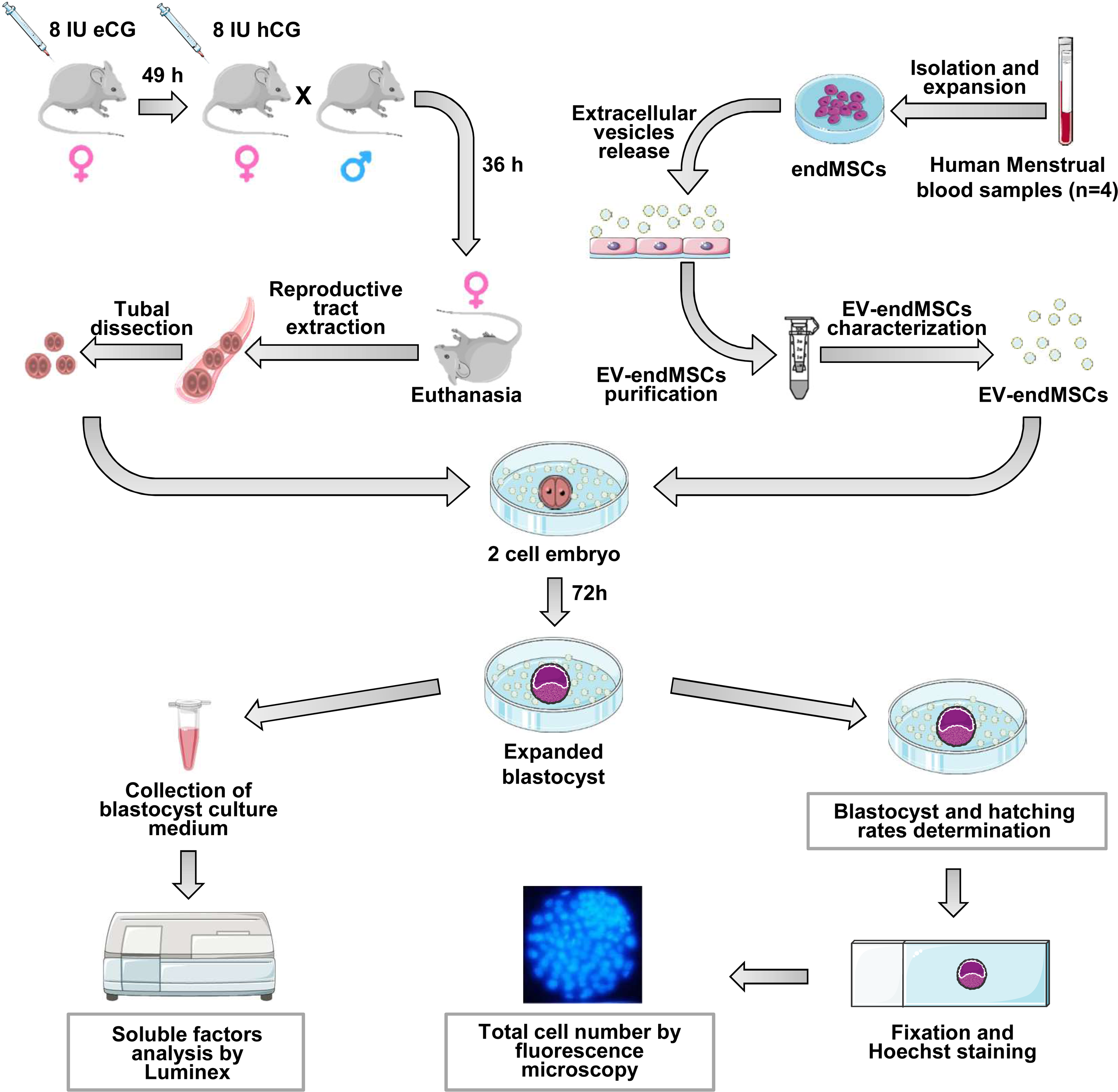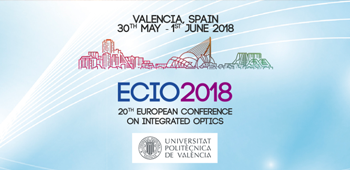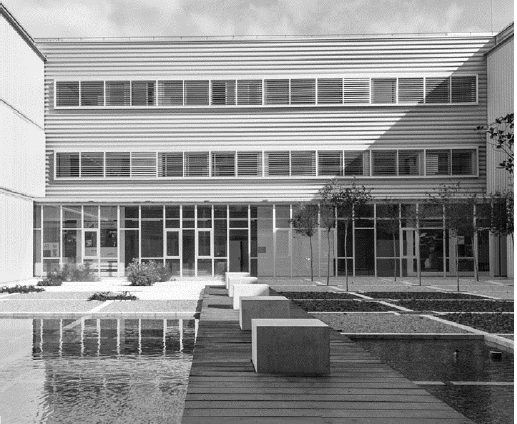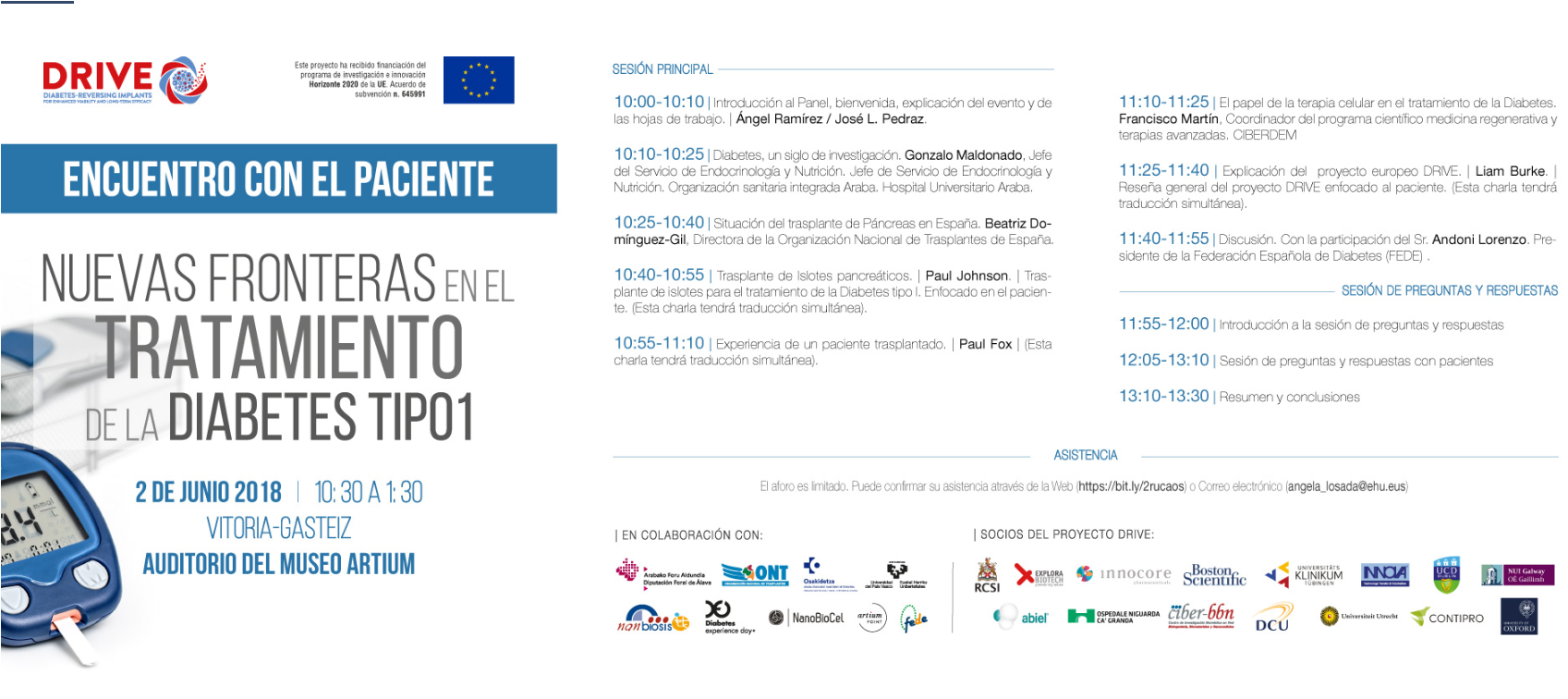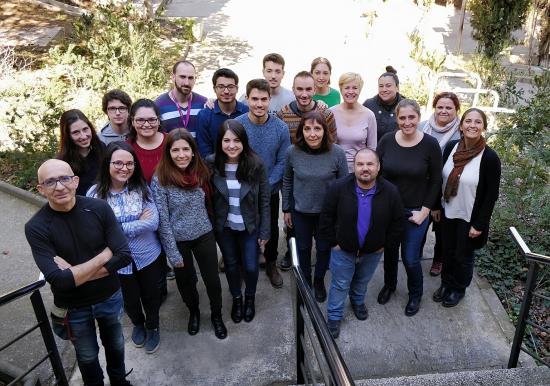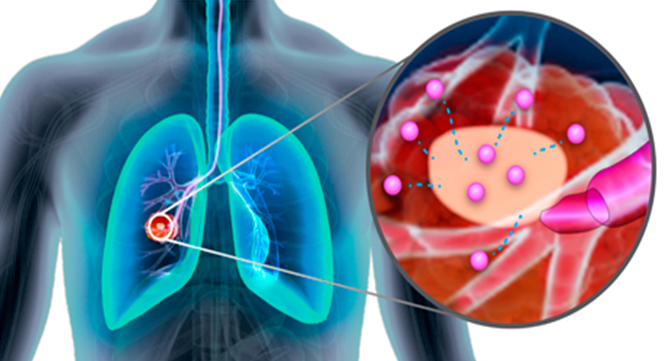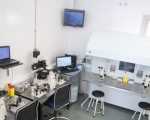DRIVE Project: Artificial Biopancreas for Type I Diabetics
On Saturday, June 2, in the auditorium of the Artium museum in Vitoria, a meeting was held for patients with diabetes, organized by the group of European researchers of the DRIVE project with the aim of conecting patiens with researchers.
The event was organized by the NanoBioCel research group of the CIBER-BBN and the University of the Basque Country, led by José Luis Pedraz, Scientific Director of NANBIOSIS Unit 10, Drug Formulation, which participates, through the CIBER BBN and the ICTS Nanbiosis, in the Drive Project focused on pancreatic cell transplantation and the development of biomaterials and new surgical devices that improve the transplantation and survival of insulin-producing pancreatic islets for the treatment of diabetes.
Dr. Pedraz explained for EIBT.eus Radio euskadi the aim of the DRIVE project: the transplantation of the cells of the pancreas, which consists of isolating the insulin-producing cells from a donor’s pancreas and implanting them in the patient with daibetes type I, not directly, but introduced into an artificial bio-pancreas by minimal invasive surgery . “Nowadays– explains Dr. Pedraz- obtaining pancreatic cells from stem cells or IPS cells is a not yet controlled process but it is an alternative source of insulin-producing cells. In the DRIVE project the most priority objective is to take the donor cells and introduce them into a device that will allow the patient to produce and release insulin in a more physiological way. In a second phase, it is intended to use differentiated insulin producing cells from the patient’s own cells, thus alleviating the shortage of donors”.










